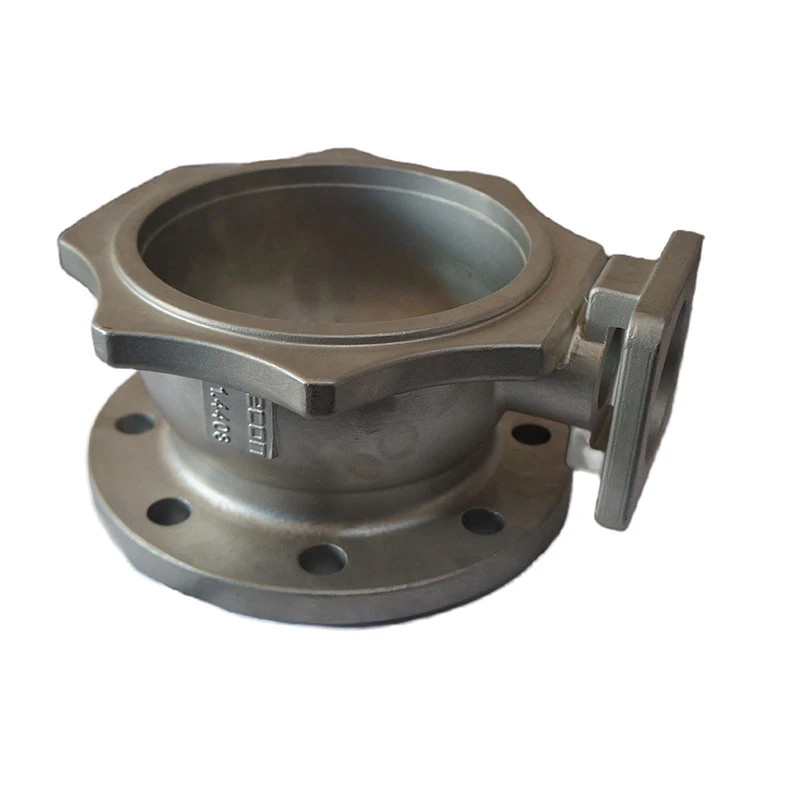what is sand casting used to make
Understanding Sand Casting Applications and Uses
Sand casting, one of the oldest and most widely used manufacturing processes, is a versatile method for creating intricate metal parts and components. The process involves pouring molten metal into a sand mold, where it solidifies and takes on the desired shape. This method is favored for its cost-effectiveness and ability to produce complex geometries, making it a staple in various industries. But what exactly is sand casting used to make? Let's delve into some of its applications.
Automotive Industry
One of the primary sectors that utilize sand casting is the automotive industry. Many components, such as engine blocks, transmission cases, and various brackets, are produced using this method. The ability to create large, heavy parts with intricate designs makes sand casting ideal for automotive applications. For instance, engine blocks require a high degree of accuracy and strength, both of which can be achieved through sand casting techniques. Moreover, the process allows for the production of lightweight components that meet the stringent demands of fuel efficiency and performance.
Aerospace Components
The aerospace industry also benefits significantly from sand casting. Aircraft components must be both lightweight and strong, characteristics that can be achieved through this casting technique. Components such as turbine housings, landing gear components, and structural parts of aircraft often utilize sand-cast methods. The ability to produce complex shapes and hollow parts is critical in aerospace applications, where weight reduction is crucial for fuel efficiency and performance.
Industrial Equipment
Sand casting is commonly used in the production of various industrial equipment. This includes pumps, valves, and heavy machinery components. Parts made through sand casting often have to endure extreme conditions, including high pressures and corrosive environments. The durability and strength of sand-cast metals make them suitable for these applications. Additionally, the ability to create large parts economically gives manufacturers a significant advantage in meeting the demands of the industrial sector.
what is sand casting used to make

Marine Applications
Maritime industries also leverage sand casting for producing a range of parts used in ships and submarines. Components such as propellers, engine blocks, and housing for various ship systems can be effectively manufactured using sand casting techniques. The corrosion resistance of certain sand-cast metals ensures longevity and reliability in the harsh marine environment, where parts are constantly exposed to sea water and other aggressive conditions.
Art and Custom Fabrication
Beyond industrial applications, sand casting is also used in artistic and custom fabrication. Artists and sculptors often employ sand casting to create unique metal sculptures, decorative items, and architectural features. This artistic approach allows for a business to merge aesthetics with functionality, producing items that are visually appealing and practical.
Prototype Development
Another significant use of sand casting is in the prototype development field. Designers and engineers use sand casting to create functional prototypes of new products. This method enables them to test designs quickly and make necessary adjustments before moving on to more expensive production methods. Rapid prototyping through sand casting saves time and resources, thereby streamlining the development process.
In conclusion, sand casting is a versatile manufacturing technique used across various industries. From automotive and aerospace to industrial equipment and artistic creations, the applications are vast and varied. Its ability to produce complex shapes, combined with cost-effectiveness and material efficiency, positions sand casting as a preferred choice for manufacturers seeking to create high-quality metal components. As technology advances, the methods and materials used in sand casting will continue to evolve, opening new avenues for innovation in manufacturing.
-
Precision Casting AI Solution with GPT-4-Turbo | Optimized QualityNewsAug.02,2025
-
Precision Sheet Metal Stamping Manufacturer | Fast & ReliableNewsAug.01,2025
-
OEM Sand Cast Pump Valve Fittings - Baoding Hairun Machinery And Equipment Trading Co., Ltd.NewsAug.01,2025
-
Custom OEM Impellers | High Efficiency & PrecisionNewsAug.01,2025
-
OEM Sand Cast Pump Valve Fittings - Baoding Hairun Machinery | Customization, Quality AssuranceNewsAug.01,2025
-
OEM Sand Cast Pump Valve Fittings - Baoding Hairun Machinery And Equipment Trading Co., Ltd.NewsAug.01,2025















